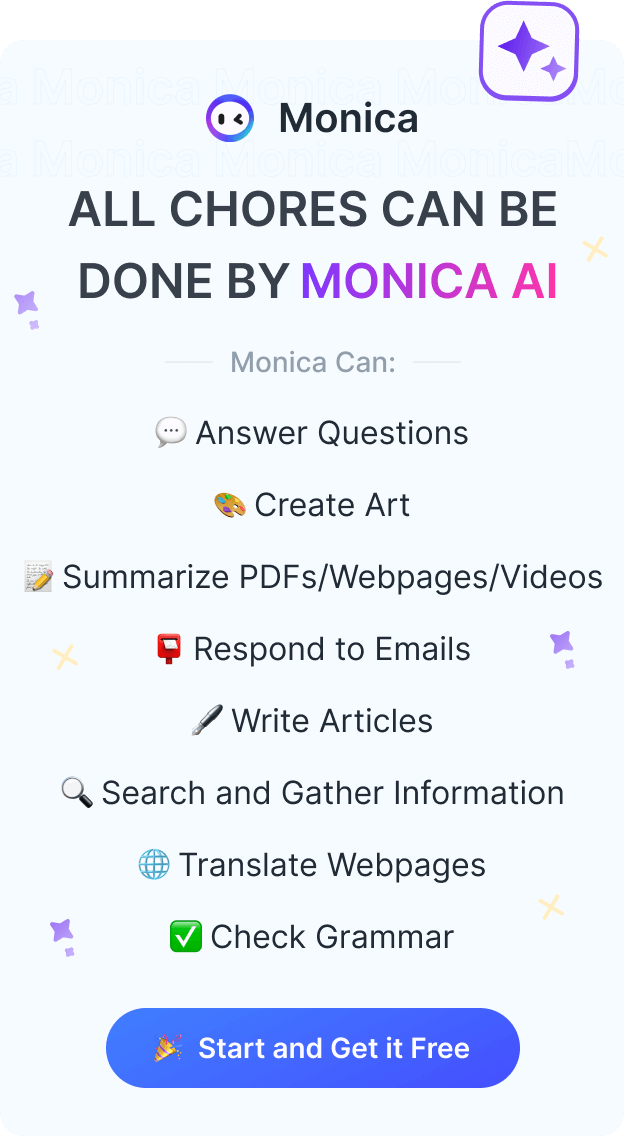GPT-4o Revolutionizes Image Workflow! Unveiling Its Truly Powerful Generation Capabilities
GPT-4o introduces native image generation with a token-based method, delivering enhanced text rendering, prompt accuracy, and knowledge application for revolutionary AI-powered visuals.
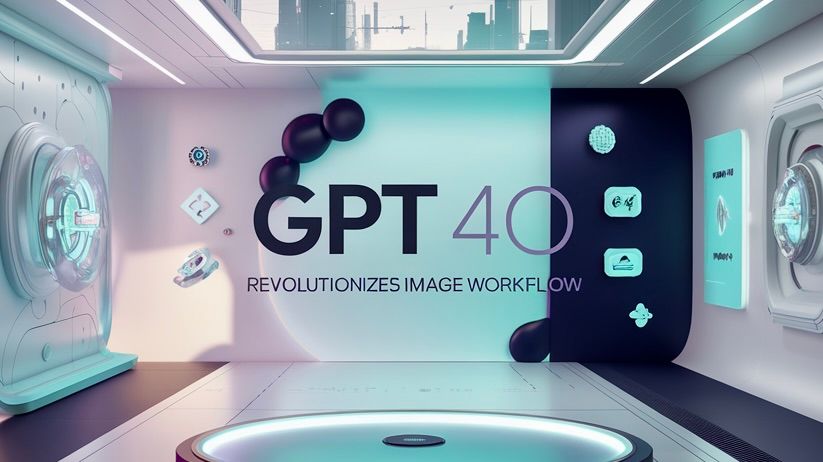
In the early hours of yesterday (March 25, 2025), while I was browsing Twitter, I suddenly saw a tweet from Sam Altman: GPT-4o can now generate images. This brief message instantly exploded my timeline. Upon checking ChatGPT, sure enough, OpenAI had quietly added native image generation capabilities to GPT-4o, and it was immediately made available to Plus, Pro, Team, and free users!
I immediately started testing this new feature, and the results were amazing. Unlike specialized image generation tools like Midjourney or DALL-E, GPT-4o's image generation uses a completely different technical approach—a token-based method rather than traditional diffusion models. This gives it remarkable advantages in text rendering, prompt adherence, and knowledge application.
As a content creator who frequently needs to create various visual content, I can't wait to share my first-hand experience and in-depth analysis with everyone. This article will guide you through the core features, technical highlights, practical performance, and the revolutionary impact it may have on the field of AI image creation.
What is GPT-4o image generation?
Simply put, GPT-4o image generation is OpenAI's latest native image creation feature. Unlike the previous method where ChatGPT called external DALL-E models, this time the image generation capability is directly integrated into the GPT-4o multimodal model. This means that the same model can now simultaneously understand and generate text, images, and even process audio, achieving a truly multimodal interactive experience.
Creating and customizing images is as simple as chatting using GPT‑4o—just describe what you need, including any specifics like aspect ratio, exact colors using hex codes, or a transparent background. pic.twitter.com/fnen1aDjNZ
— OpenAI (@OpenAI) March 25, 2025
Token-based Image Generation Method
Token-based image generation method - there is a key technical breakthrough that needs to be emphasized: GPT-4o adopts a token-based approach for image generation, rather than the currently mainstream diffusion models (such as Midjourney, DALL-E 3, and Stable Diffusion).
On Hacker News, a user named blixt explained very clearly: GPT-4o's image generation actually performs reasoning in pixel space. You can ask it to draw a notepad with an empty tic-tac-toe board, and then perform very impressive information-preserving transformations, such as changing the drawing style while keeping the tic-tac-toe board unchanged. This is almost impossible to achieve with traditional diffusion models.

OpenAI's Official Positioning
OpenAI has not positioned GPT-4o image generation as a professional artistic creation tool, but rather emphasizes its practicality. According to VentureBeat: GPT-4o image generation excels at accurately rendering text, precisely following prompts, and utilizing 4o's inherent knowledge base and chat context for image creation.
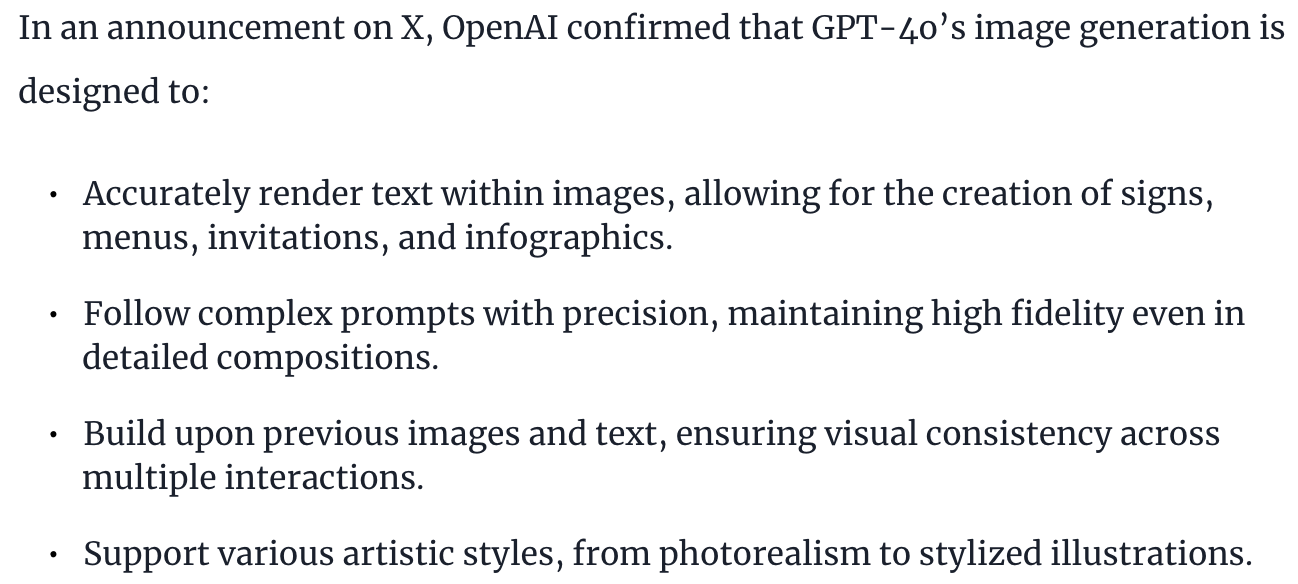
Technical Highlights: Core Advantages of GPT-4 Image Generation
After two days of intensive testing, I discovered several outstanding technical advantages of GPT-4's image generation capabilities that directly changed how I use AI to generate images.
Text Rendering Capability: Farewell to AI Text Issues
If you have used other AI image generation tools before, you must have encountered AI text disease - the text in generated images is often distorted, incorrect, or complete gibberish. This problem has plagued the AI image generation field for years, until now.
Pay attention to every detail in the image below - the date, time, flight number, seat information, and even the fine print instructions are all completely reasonable and consistent.
4o image generation has arrived.
— OpenAI (@OpenAI) March 25, 2025
It's beginning to roll out today in ChatGPT and Sora to all Plus, Pro, Team, and Free users. pic.twitter.com/pFXDzKhh2t
The Verge's tech editor also noticed this: while the new system takes longer to generate images than before, the improvement in text rendering quality is revolutionary, which could fundamentally change how infographics, educational materials, and UI designs are created.

Precise Prompt Following Ability
Another surprise in using GPT-4o to generate images is its precise understanding and execution of prompts. I tried some very specific and complex prompts, such as a Shiba Inu wearing a spacesuit standing on the moon's surface, with Earth rising in the background, and NASA logo on the planet behind—GPT-4o perfectly captured every detail.
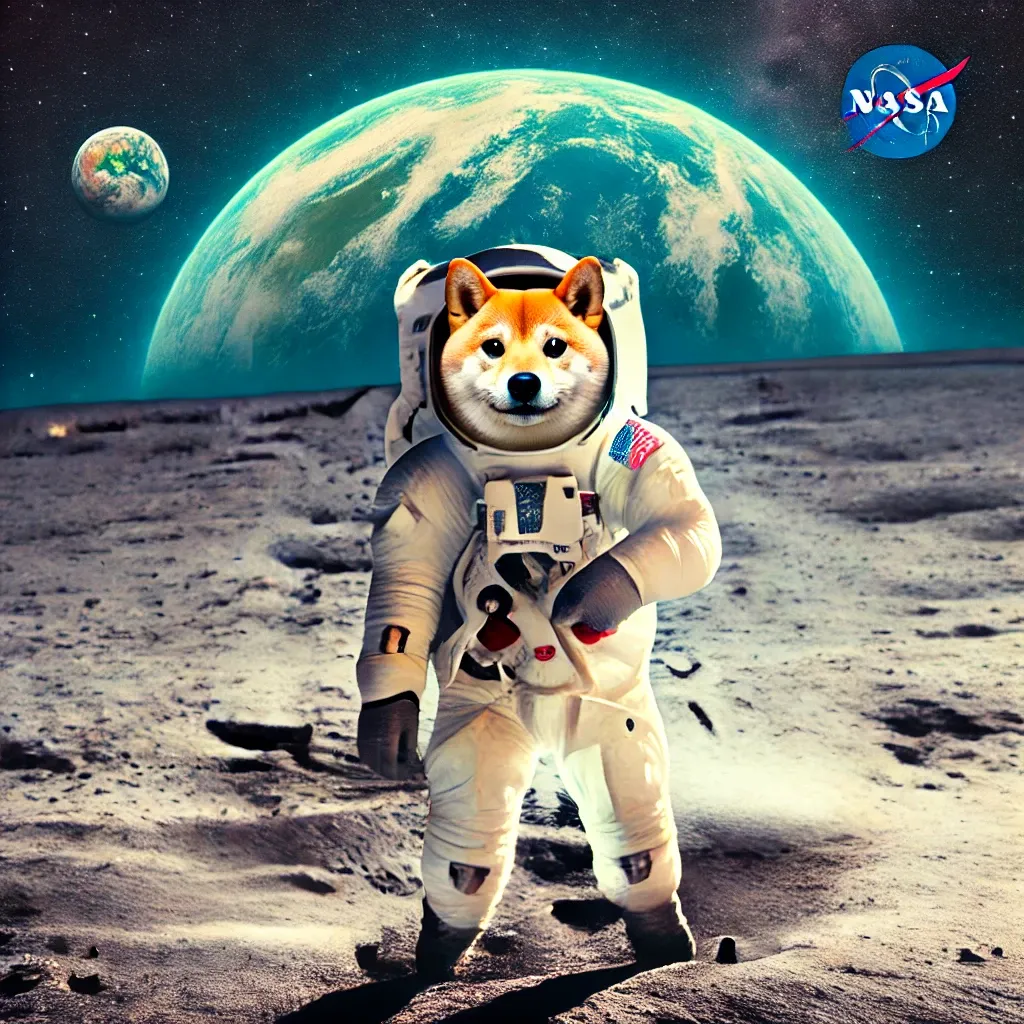

"It’s gotten light-years better. From hardly usable to a really great tool. It’s finally generating very accurately, especially for designs, logos, or examples." — Mb, OpenAI Developer Community
This precise prompt-following capability greatly improves work efficiency, especially for professionals who need to quickly visualize specific concepts.
Multi-turn Generation and Conversational Adjustment
One of the most practical features of GPT-4o image generation is its support for multi-round generation and conversational adjustments. This has completely transformed my creative process.
Previously, when using other tools, each modification required rewriting the entire prompt. Now, I can simply say make the background brighter, move the character to the left, or change to watercolor style, and GPT-4o immediately understands and applies these changes while preserving other elements of the image.
Character Consistency and Style Coherence
For projects requiring the creation of a series of related images, GPT-4o demonstrates remarkable character consistency and stylistic coherence.
The YouTube video "4o Image Generation in ChatGPT and Sora" demonstration also showcases similar capabilities, where creators can generate sequential images of the same character in different scenes while maintaining character trait consistency, which is valuable for storyboard creation, character design, and brand image maintenance. (Source: https://www.youtube.com/watch?v=2f3K43FHRKo)
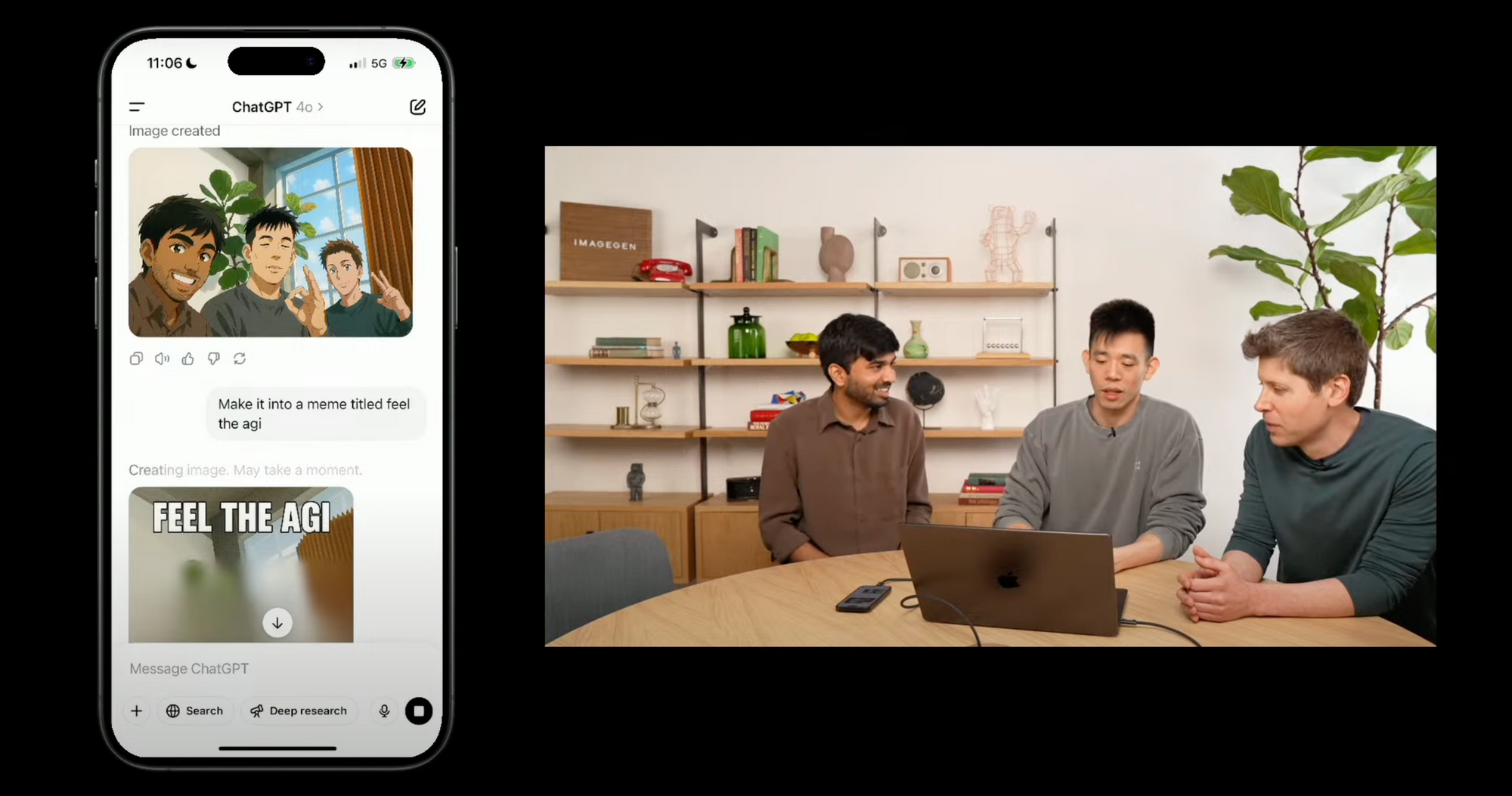
OpenAI officially emphasizes that GPT-4o can build based on images and text in conversations, ensuring consistency throughout the process. This indicates that GPT-4o can understand and integrate multiple information sources, including user-uploaded images and text descriptions, and then apply its knowledge base to create or modify images while maintaining conceptual consistency.

Utilizing GPT-4o's Knowledge Base for Image Creation Capabilities
As an integrated function within GPT-4o, image generation can fully leverage the model's extensive knowledge base, which brings about some unexpected application possibilities.
An article on LessWrong demonstrated how GPT-4o transforms complex concepts into visual representations. For example, when asked to create an M.C. Escher-style architectural drawing showing a waterfall flowing upward into a floating lake in the sky, GPT-4o was not only able to understand this impossible physical concept but also visualize it as a seemingly plausible scene. This shows how GPT-4o combines its understanding of artistic styles and physical concepts to create complex images.
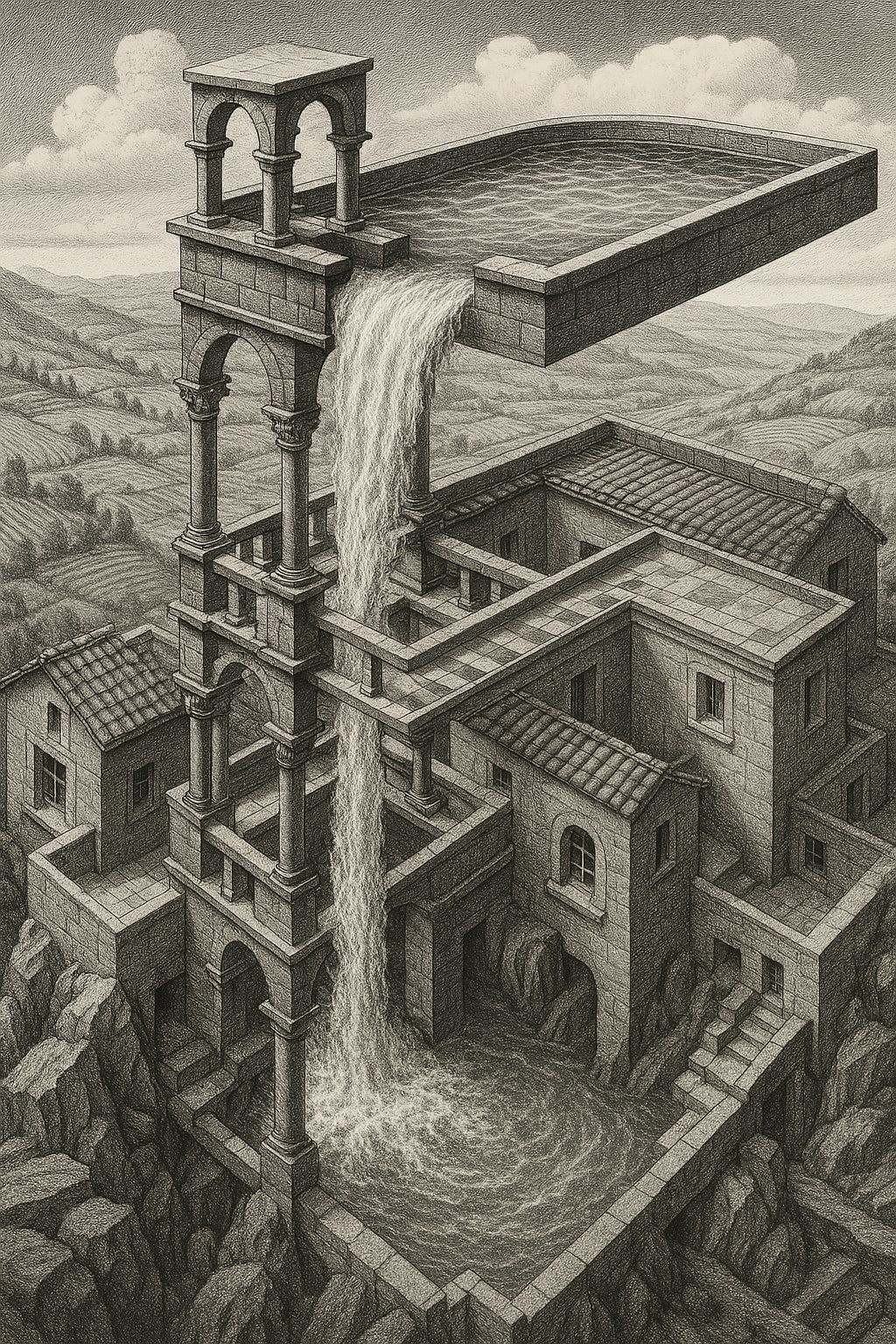
Comparison with Other Image Generation Tools
As a content creator who uses multiple AI image generation tools, I can provide some direct comparative observations:
Advantages:
- Text Rendering: In this aspect, GPT-4o completely outperforms other tools. I tested posters and infographics containing complex text, and GPT-4o was the only tool that could correctly render all text.
- Context Understanding: GPT-4o can understand the entire conversation history, making iterative creation exceptionally smooth. For example, I can upload a product photo and then request to showcase this product in different scenarios, and it perfectly understands my intention.
- Iterative Adjustment: Simple natural language instructions can precisely adjust image details, which is much simpler than the complex parameter adjustments of other tools.
- Knowledge Application: When creating images that require professional knowledge (such as scientific illustrations or historical scenes), GPT-4o's accuracy is significantly better than other tools.
Limitations:
- Generation Speed: This is the most obvious shortcoming. GPT-4o typically takes 15-30 seconds to generate an image, while Midjourney or DALL-E 3 only needs a few seconds.
- Artistic Style Diversity: For highly stylized artistic creations, Midjourney still provides more diverse and stunning results.
Real Application Case Showcase
Over the past two days, I have seen some impressive GPT-4 image generation application cases:

1.Ghibli Style: A Fusion of Fantasy and Delicacy
Studio Ghibli's style is highly popular on social media, characterized by delicate details, dreamlike scenes, and warm tones. This style emphasizes the harmonious blend of natural elements with human architecture, and the meticulous portrayal of ordinary moments in daily life.
- Delicate details and warm tones: Ghibli-style works typically contain abundant details, using warm, soft colors to create an intimate and dreamy atmosphere.
- Harmony between nature and architecture: Many works showcase buildings that perfectly blend with natural surroundings, reflecting the concept of harmonious coexistence between humans and nature.
- Magical transformation of daily life: Adding magical elements to ordinary everyday scenes is a signature characteristic of the Ghibli style.
Here are some examples of Ghibli-style works we found on Twitter:
Art I made from studio ghibli in my style without needing AI ✨ https://t.co/lpq9QULJH7 pic.twitter.com/h7CX8DX1BO
— Omorphia | Background Art Illustrator 🎐 (@Omorphia1) March 28, 2025
2.Retro Pixel Style: A Fusion of Nostalgia and Artistry
Retro Pixel Art style continues to be popular on social media platforms. This style originates from the visual aesthetics of early electronic games but has evolved into a unique art form.
- Infinite Creation with Limited Pixels: Pixel art creates rich visual effects through limited pixels, and this creative constraint is where its charm lies.
- Clear Style Definition: True pixel art is distinctly different from simply applying retro filters, requiring precise pixel placement and color selection.
- Diverse Theme Expression: From cyberpunk cities to natural landscapes, pixel art can express various themes and emotions.
Here are some retro pixel style examples we found on Twitter:
ㅤ
— uptoon(정보계정) (@toonup2) August 9, 2023
픽셀 아트 스타일 처리 오토 액션 ( 복고풍 게임 도트 오토 액션 )
https://t.co/wPwHW5OQGZ
Pixel Art Style Processing (Retro Game Dot Auto Action)
ドット絵風加工オートアクション ( レトロゲームドットオートアクション )
ㅤ pic.twitter.com/IcHhd42HDv
Just did my part to teach my Marketing team the difference between pixel art and "SO RETRO!" pic.twitter.com/WxRwoUWWcb
— Chris Patstone (@ChrisPatstone) March 20, 2025
3.Vaporwave Style: A Collision of Futurism and Nostalgia
Vaporwave style is a visual aesthetic that combines 80s-90s aesthetics, futurism, and nostalgic elements, with a unique following on social media platforms.
- Iconic Color Aesthetics: Pink, purple, and blue are the primary colors of Vaporwave style, creating dreamy and surreal visual effects.
- Retro Futurism: Combines nostalgic elements with futuristic sensibilities to create a unique temporal displacement.
- Reinterpretation of Urban Landscapes: City nightscapes and architecture are given new aesthetic meaning in Vaporwave style.
Here are some Vaporwave style examples we found on Twitter:
Sailor Moon animation backgrounds could make a perfect vaporwave cover art (1992, Toei Animation) pic.twitter.com/p6tNN2DE3P
— Tohad (@sylvainsarrailh) May 8, 2019
API Availability and Release Schedule
According to OpenAI's official announcement, the developer API is not yet fully ready but will be launched soon.
If you're a developer, I strongly recommend signing up for OpenAI's developer waitlist immediately and closely monitoring updates on the official developer forum. Based on past experience, early access is typically prioritized for developers with clear use cases and implementation plans.
Integration status with Azure
The GPT-4o model in the current Azure OpenAI service can interpret images but does not yet support image generation capabilities.
The official answer on Microsoft Q&A platform is very clear: Azure OpenAI's GPT-4o model will interpret images but currently won't generate images. If you want to generate images, you need to call DALL-E.

This means that enterprise users relying on Azure services still need to use the DALL-E API for image generation.
Conclusion
After two days of intensive testing and in-depth research, I have gained a comprehensive understanding of GPT-4o's image generation capabilities. This is not just another expansion of OpenAI's product line, but a paradigm shift in the field of AI image creation.
Excitingly, the Monica platform will also soon integrate GPT-4o's image generation capabilities! Monica's implementation not only retains all the advantages of GPT-4o image generation but has also been optimized for professional users' needs, especially in document processing and content creation.
If you're already a Monica subscriber, you can look forward to experiencing this powerful feature in the coming weeks; if you're not yet, now is the perfect time to join. In addition to the upcoming image generation feature, you can experience Monica's powerful chat pdf functionality, which helps you quickly analyze and understand PDF documents, extract key information, answer related questions, and greatly improve your work efficiency and learning experience.12

